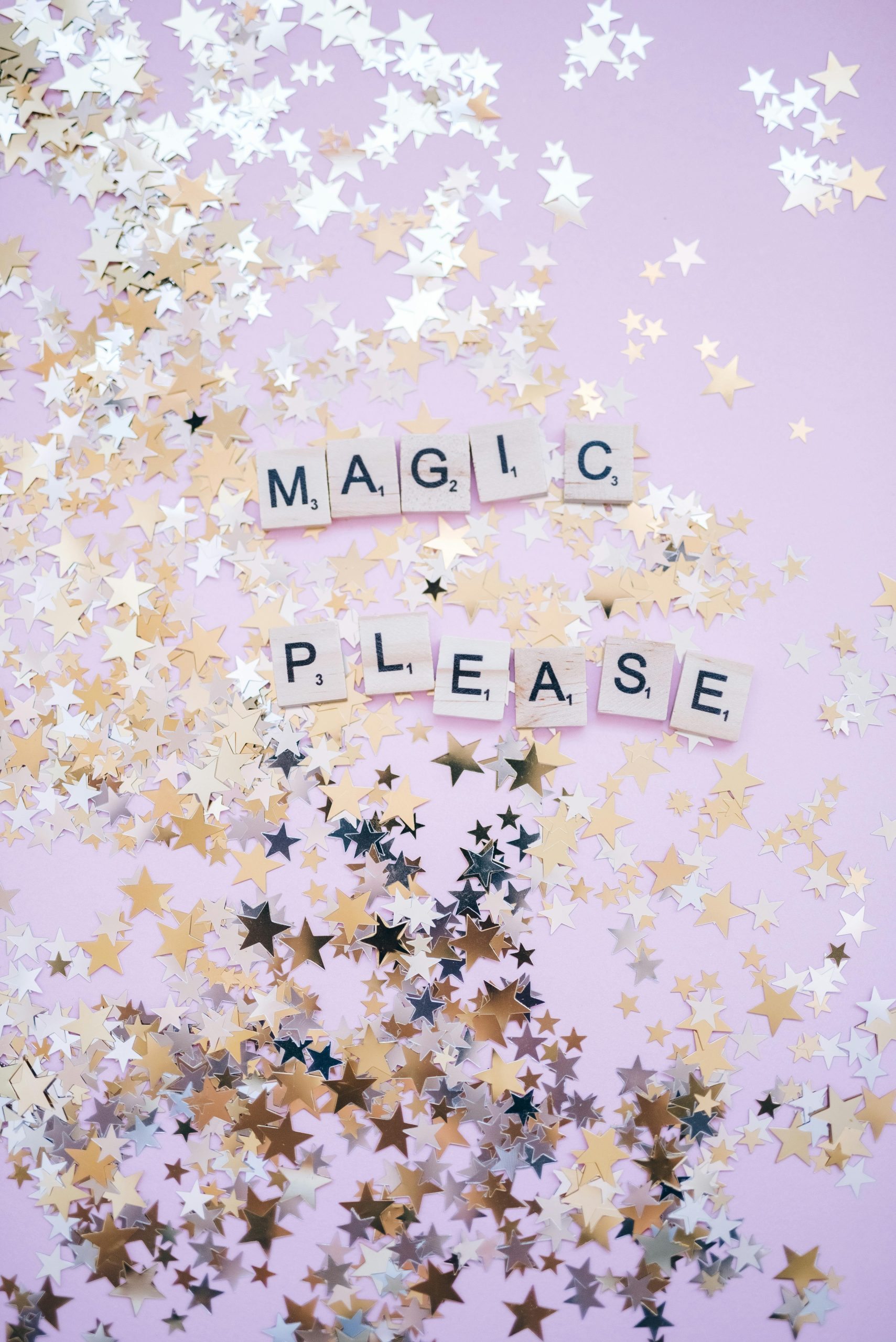The punk scene is an ever-evolving cultural movement that originated in the mid-1970s. It is characterized by its rebellious attitude, DIY ethic, and music with raw, fast-paced energy. Key elements include a distinctive fashion style, often featuring leather jackets, band t-shirts, and unique hairstyles like mohawks and brightly coloured spikes. Music plays a central role, with bands like the Sex Pistols, The Clash, and Ramones being iconic figures in its history. Punk lyrics often address themes of anti-establishment, social issues, and personal freedom.
Today, the punk scene continues to thrive both in the UK and globally. While it has diversified into various subgenres such as pop-punk, hardcore punk, and post-punk, the foundational ethos remains consistent. DIY venues, zines, and small independent record labels are integral to the scene, promoting new bands and subcultures.
The punk community is inclusive and diverse, welcoming anyone who shares its core values. Events like punk festivals and gatherings celebrate the music and lifestyle, maintaining the sense of community and rebellion that the punk movement has embodied for decades.

This is a fantastic overview of the punk scene and its historical roots! One aspect I find particularly intriguing is how the punk ethos of inclusion and community resilience has adapted to contemporary social movements. For instance, many modern punk bands are actively engaging in discussions around issues like gender equality, racial justice, and environmental activism, using their platforms to amplify voices that have been historically marginalized.
Additionally, the rise of digital platforms has transformed the DIY ethic, allowing new artists to reach global audiences with relative ease. This evolution challenges the traditional notions of what it means to be a punk band today.
It would be interesting to explore how the digital age is influencing fashion trends within the scene as well. With the accessibility of online shopping and social media, punks can curate their styles in ways that reflect a more global interpretation of the aesthetic. I’d love to hear your thoughts on how these changes might affect the authenticity and integrity of the punk movement moving forward!
This is a fantastic overview of the punk scene and its lasting impact on culture! One aspect that’s fascinating to consider is how the punk ethos has influenced current social movements and artistic expressions beyond music. The DIY approach that punk champions has inspired countless artists across various mediums—from visual art to fashion design—encouraging a spirit of self-expression and grassroots activism.
Moreover, while punk has historically been associated with a certain rebelliousness, the inclusivity you mention is crucial in today’s context. It’s heartening to see how the scene embraces intersectionality, allowing voices from different backgrounds to share their experiences and perspectives through punk music and art. This is particularly relevant as many contemporary punk bands are addressing issues like gender identity, racial equality, and environmental activism, ensuring that the movement continues to evolve while staying true to its roots.
I’m curious about readers’ experiences with the current punk scene—how do they feel it has changed or stayed the same? Have they encountered any unique subcultures or new bands lately that embody the true spirit of punk?